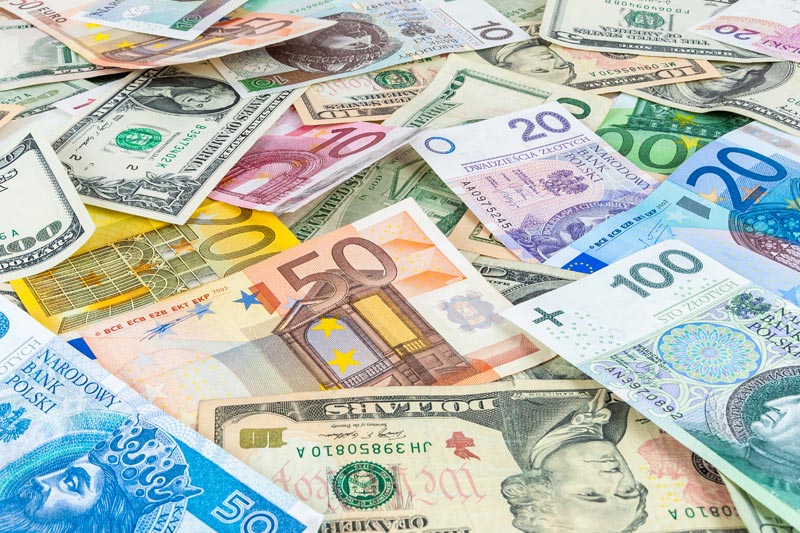Investing.com - The Australian dollar was almost unchanged against its U.S. counterpart on Wednesday, hovering near two-month lows after mixed Australian data as expectations for the Federal Reserve to soon scale back its stimulus program lent support to the greenback.
AUD/USD hit 0.9286 during late Asian trade, the session low; the pair subsequently consolidated at 0.9296, easing 0.05%.
The pair was likely to find support at 0.9246, the low of September 15 and resistance at 0.9368, Tuesday's high.
The Westpac Banking Corporation said consumer sentiment rose 1.9% in November, after a 2.1% decline the previous month.
A separate report showed that wage prices rose 0.5% in the third quarter, disappointing expectations for a 0.7% increase, after a 0.7% rise in the three months to June.
Meanwhile, the greenback remained supported after last week’s stronger than forecast U.S. nonfarm payrolls report prompted investors to bring forward expectations for a reduction in the Fed’s USD85 billion-a-month asset purchase program.
The Aussie was steady against the New Zealand dollar with AUD/NZD inching down 0.03%, to hit 1.1310.
Also Wednesday, Reserve Bank of New Zealand Governor Graeme Wheeler said interest rates will start being raised next year, due to the rise in inflation, which is likely to drive the kiwi higher.
"The concern will be that the interest differential between New Zealand and any of the advanced economies will widen," Wheeler added.
The comments came after, in its biannual financial stability report, the central bank highlighted the overvalued housing market as the main threat to the country's financial system.
AUD/USD hit 0.9286 during late Asian trade, the session low; the pair subsequently consolidated at 0.9296, easing 0.05%.
The pair was likely to find support at 0.9246, the low of September 15 and resistance at 0.9368, Tuesday's high.
The Westpac Banking Corporation said consumer sentiment rose 1.9% in November, after a 2.1% decline the previous month.
A separate report showed that wage prices rose 0.5% in the third quarter, disappointing expectations for a 0.7% increase, after a 0.7% rise in the three months to June.
Meanwhile, the greenback remained supported after last week’s stronger than forecast U.S. nonfarm payrolls report prompted investors to bring forward expectations for a reduction in the Fed’s USD85 billion-a-month asset purchase program.
The Aussie was steady against the New Zealand dollar with AUD/NZD inching down 0.03%, to hit 1.1310.
Also Wednesday, Reserve Bank of New Zealand Governor Graeme Wheeler said interest rates will start being raised next year, due to the rise in inflation, which is likely to drive the kiwi higher.
"The concern will be that the interest differential between New Zealand and any of the advanced economies will widen," Wheeler added.
The comments came after, in its biannual financial stability report, the central bank highlighted the overvalued housing market as the main threat to the country's financial system.
